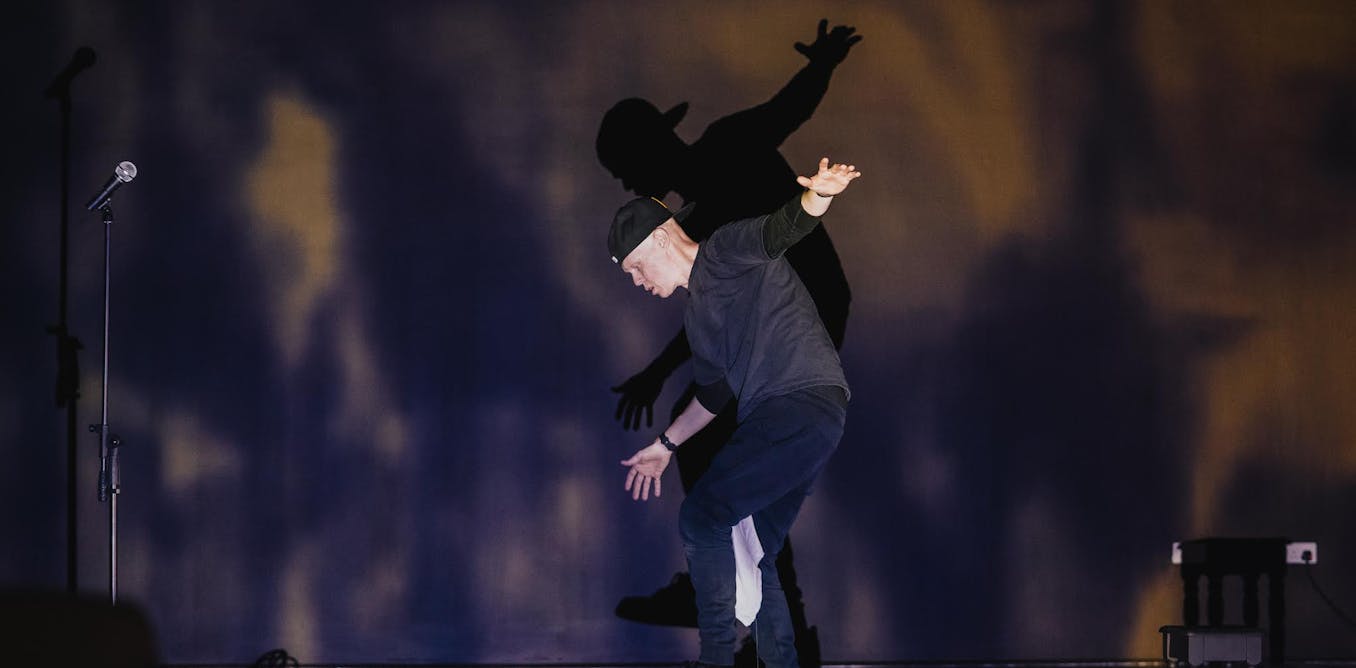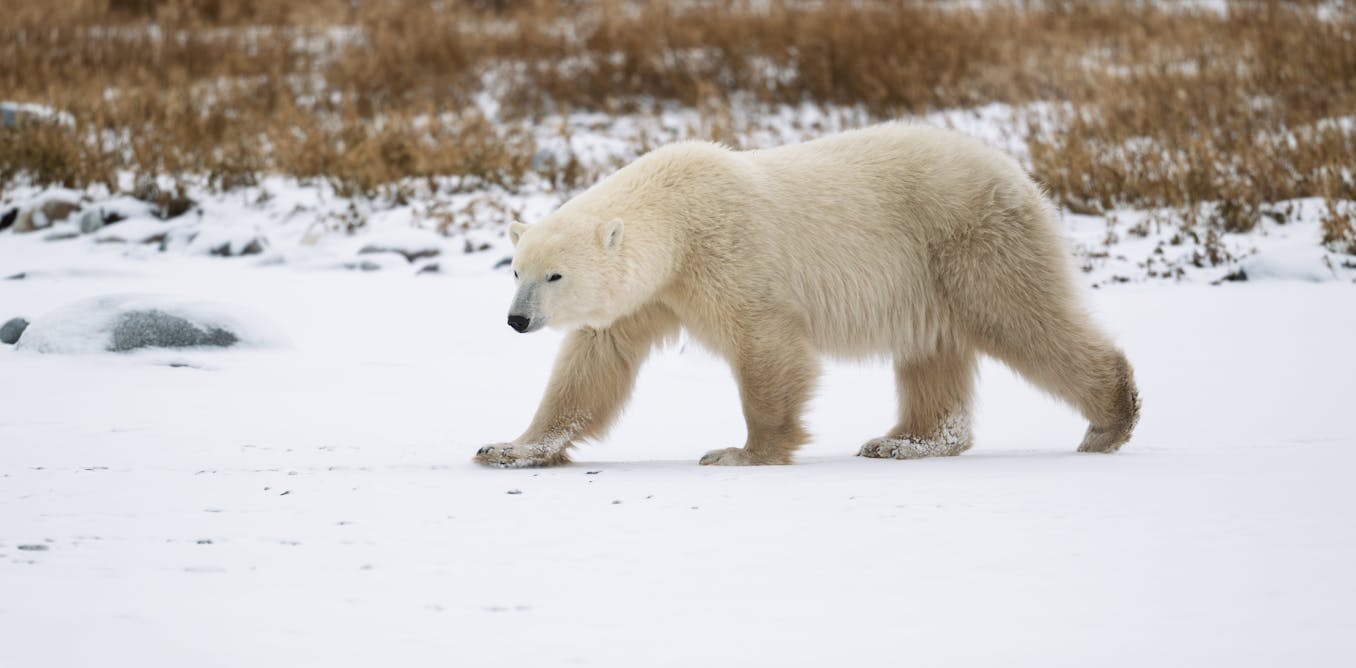For the first half of my music career, I never fully considered the technical aspects of the art form I practised. Up until my mid-30s, I’d been driven to pen lyrics by a compelling sense of advancement and peer recognition – to achieve some form of artistic acclaim in the UK rap genre.
When thinking back to this earlier time, I imagine myself as being completely immersed in a darkness of my own ignorance, scrabbling around for passages and phrases without any real understanding of how and why these elements of the craft meant so much to me.
As a mature student – during the final stages of a masters degree in creative writing – a seed of self-discovery began to germinate. I decided to combine my newly acquired passion for creative writing, critical analysis and literary techniques with my 20 years’ plus career as a rapper, music producer and live performer and embark on a PhD.
On beginning my research, it became apparent that a technical element of my craft I desperately coveted was called “allusion”. Allusion is an implied reference, perhaps to another work of literature, art, person or event that forms a kind of appeal to the reader or listener. It’s a means of reaching out and sharing an experience with them.
When using allusion, a writer draws upon common knowledge shared with their audience to find links between cultural understandings or traditions. Most importantly for me, some forms of allusion can be more specialised, even deliberately difficult to grasp. Almost immediately, a realisation hit me: I had practised, been inspired by, adapted and searched for, this technique in rap since my earliest memories of the art form.
Allusion, as with the more contested literary concept of intertextuality (a term coined in the late 1960s by French philosopher and critic Julia Kristeva to recognise the multiplicity of meaning within a text) has been used in rap and hip-hop culture since its beginnings. In fact, as musicologist Justin Williams points out in his book Rhymin’ and Stealin’ (2013), intertextuality serves as an integral part of the culture’s function. To “borrow” from a wide variety of artistic mediums is key to how hip-hop works, and is partly responsible for how it has thrived for half a century.
I discovered multiple forms of intertextual engagement in rap while researching my PhD, but one technique stuck out to me the most. Rappers would draw on the words of authors to clarify their points, or further emphasise emotional impact in their work.
Author provided (no reuse)
For example, Nas and Kendrick Lamar have used the power of novelist Alice Walker’s writing to enhance their lyrics (both have “borrowed” from The Colour Purple). Lamar also employed the writing of Maya Angelou to add depth and complexity to his early conceptual material.
Even borrowing a mere two words can have huge intellectual implications for a rap song. Just listen to Earl Sweatshirt’s Shattered Dreams (2018), and his use of James Baldwin’s voice from his inspirational 1962 lecture The Artist’s Struggle for Integrity. It’s a prime example of how this technique manifests itself in the genre.
When thinking about how rappers engage with allusion and intertextuality, activist and rap artist Yasiin Bey, aka Mos Def, sums it up well:
Hip Hop is a medium where you can get a lot of information into a very small space. And make it hold fast to people’s memory. It’s just a very radical form of information transferal.
A ‘sonic-literary journey’
With a clearer understanding of how deeply allusion and intertextuality runs through hip-hop, I began to craft a new body of work. This material eventually translated (after almost a decade) into a trilogy of LPs, the first of the three being titled S.T.A.R.V.E..
I wanted to make S.T.A.R.V.E. part of a literary and musical tradition that has long attempted to decipher the feeling of isolation, and its links to mental illness or psychological downfall.
To do so, I alluded to (and intertextually engaged with) various texts that have historically served as investigations into the sense of disconnectedness, or loneliness within a crowd, that I believe we have all felt at some point in our lives. In my opinion, S.T.A.R.V.E. is more of a novella than an album. It is a narrative as old as the hills, retold in my own image. It just so happens that my preferred medium is music, and my preferred practice is rap.
S.T.A.R.V.E. is a highly intertextual project. Poetic quotes on the album span from Charles Bukowski to Robert Frost, while borrowed themes stretch from Kendrick Lamar’s To Pimp a Butterfly (2015) to Knut Hamsun’s Hunger (1890).
Previously conceived conceptual frameworks are also built upon, such as the nihilistic sentiment captured in Nas’s early work on Illmatic (1994), and Mark Fisher’s ideas on capitalism and “depressive anhedonia” in Ghosts of my Life (2014). This is all set against a backdrop of purgatorial imagery prominent in the work of figurative painter Francis Bacon and depicted by film director Adrian Lyne in his groundbreaking psychological horror film, Jacob’s Ladder (1990).
Of all artistic mediums, I believe music is most open for interpretation. This means that what is taken from the music can often seem a million miles from authorial intentions. But this might be the point.
When S.T.A.R.V.E. is heard, it will ultimately be down to the ear of the beholder as to which connections and meanings are drawn from the recording. At the end of the day, as Ethan Hawke states on Strongbow, a leading track taken from S.T.A.R.V.E. that quotes Paul Schrader’s 2017 film, First Reformed: “It’s about you.”

Looking for something good? Cut through the noise with a carefully curated selection of the latest releases, live events and exhibitions, straight to your inbox every fortnight, on Fridays. Sign up here.

The post “How discovering the power of allusion enabled me to write better rap music” by Paul Stephen Adey, Rap Lyricist and Lecturer in Music Performance at Confetti Institute of Creative Technology, Nottingham Trent University was published on 10/08/2024 by theconversation.com







































Leave a Reply